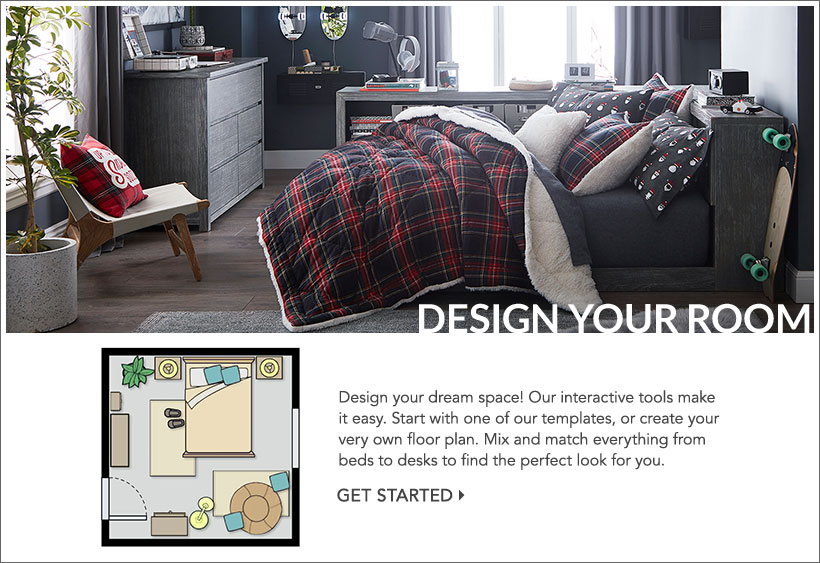Are you looking into giving your home a fresh look with new flooring? Vinyl plank flooring secrets might be the perfect solution.
This comprehensive guide will take you through the tips and tricks of planning and executing a vinyl plank flooring layout that does not only look professional but also enhances the overall aesthetics of your space.
Benefits of Vinyl Plank Flooring
Vinyl plank flooring has become a popular choice among homeowners for various reasons:
- Durability: It’s built to withstand high traffic and active households.
- Water Resistance: Perfect for areas prone to spills or moisture.
- Cost-Effective: It provides a premium look without breaking the bank.
- Easy Installation: Suitable for DIY enthusiasts.
- Versatility: Comes in various styles to emulate hardwood, stone, or tile.
Getting Started with Your Layout
Before diving into the installation process, planning your layout is crucial. Here are essential steps you need to take:
- Measure Your Room: Calculate the square footage to determine how much flooring you’ll need.
- Consider the Room’s Shape: Factor in any alcoves or irregular shapes that may require additional cutting.
- Choose Your Pattern: Traditional, herringbone, and staggered are popular layout patterns.
- Gather Tools and Materials: Ensure you have spacers, a utility knife, a tape measure, and other necessary tools.
Choosing the Right Direction
The direction in which you lay your vinyl planks can influence the room’s appearance. Here are factors to consider:
| Direction | Visual Effect | Best For |
|---|---|---|
| Parallel to the Longest Wall | Makes the room appear longer | Narrow rooms |
| Parallel to Light Entrance | Enhances the room’s brightness | Rooms with ample natural light |
| Diagonal Lay | Adds a touch of elegance and spaciousness | Any room |
Detailed Layout Process
Here is a step-by-step guide to help you lay your vinyl plank flooring efficiently:
- Acclimate Your Planks: Allow the flooring to adjust to the room temperature for at least 48 hours before installation.
- Prepare the Subfloor: Ensure it is clean, level, and smooth for optimal installation.
- Dry Lay a Row: Lay a row without adhesive to plan your layout and make necessary adjustments.
- Mark Your Starting Point: Decide where to begin to ensure a balanced look with cut planks at both ends of the room.
- Begin Installation: Start laying the planks from the left side of your starting wall, moving to the right.
- Use Spacers: Maintain an expansion gap around the room’s perimeter as per the manufacturer’s instructions.
- Stagger the Seams: For a professional appearance, stagger end joints between rows.
- Cut as Needed: Use a utility knife for cutting planks to fit around corners or beneath doorjambs.
- Roll the Floor: Once the installation is complete, use a floor roller to ensure proper adhesion of the planks to the subfloor.
Pro Tip: Always refer to the manufacturer’s guidelines for specific installation recommendations and best practices.
Final Touches
Once your flooring is laid out, here are the finishing touches to consider:
- Install Baseboards or Trim: This conceals the expansion gaps and adds a polished look to your space.
- Transition Strips: These are necessary where your vinyl flooring meets other types of flooring or carpet.
- Seal the Edges: If recommended, apply a sealant along the perimeter to prevent water intrusion.
- Care and Maintenance: Follow cleaning recommendations to keep your new floors looking their best.
Frequently Asked Questions Of Vinyl Plank Flooring Layout Secrets: Design Like A Pro!
What Is Vinyl Plank Flooring?
Vinyl plank flooring is a durable, waterproof flooring option that mimics the look of hardwood but is typically easier to maintain and install.
How To Start Laying Vinyl Planks?
Begin laying vinyl planks from the leftmost corner of the room and work your way across, ensuring each plank is aligned and securely snapped into place.
Can Vinyl Plank Layouts Vary?
Absolutely, vinyl plank flooring layouts can vary, offering patterns like herringbone, staggered, or grid alignments to suit personal style and room dimensions.
What Tools Are Needed For Installation?
Essential tools for installing vinyl plank flooring include a utility knife, measuring tape, straightedge, spacers, and a rubber mallet.

